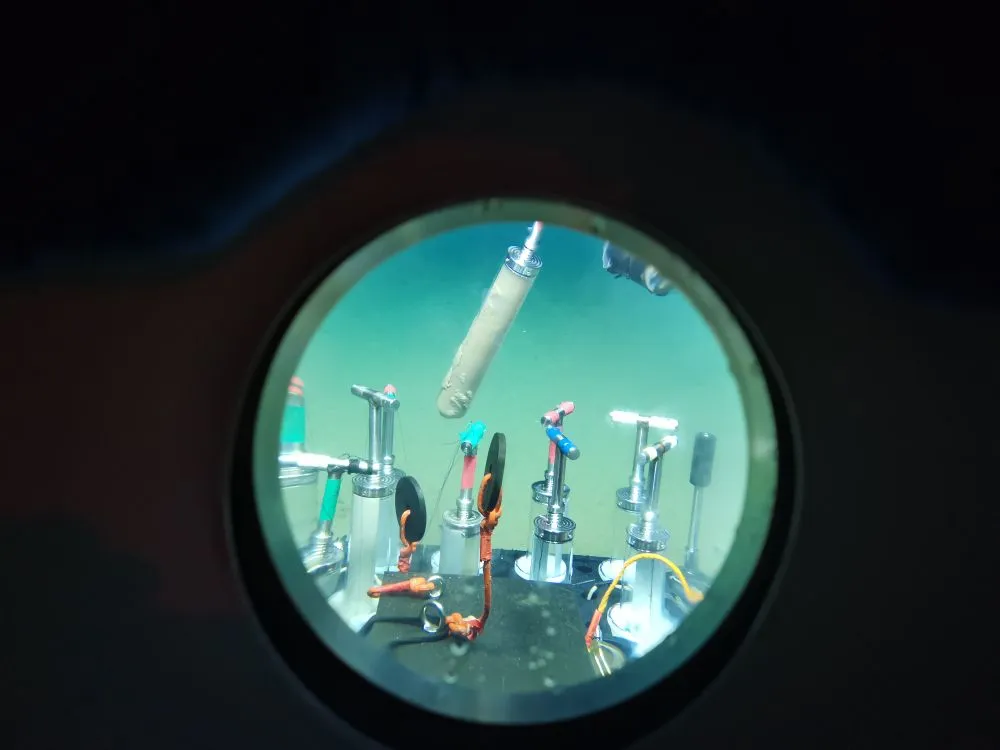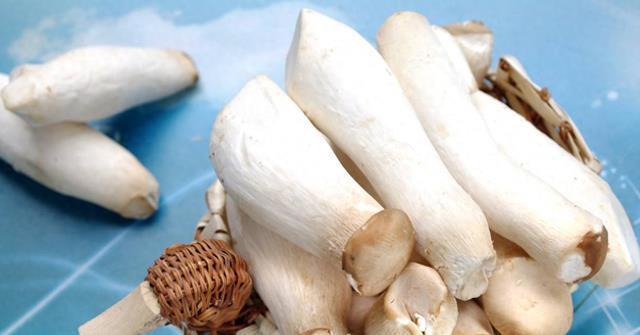After more than 10 years of efforts, Chinese scientists for the first time through genomics on the abyssal hook shrimp, abyssal fish, microorganisms, etc., to uncover part of the secrets of the abyssal organisms to survive under high pressure, a number of results published in the international academic journal “Cell” on March 7, for the in-depth understanding of how life adapts to the abyssal environment provides new insights, but also for the study of the abyss ecosystem provides valuable data resources.
Abyss, which refers to the area of the deep sea with a water depth of more than 6,000 meters, has long been considered a “forbidden zone” for complex life. How organisms can “withstand” the extreme environment of the abyss, such as ultra-high water pressure, has always been a difficult problem for the scientific community. Since 2014, the Global Abyss Research Team of the Chinese Academy of Sciences, the BGI Institute of Life Sciences, Shanghai Jiao Tong University and other universities and research institutes have carried out multi-dimensional studies on several biological samples of multiple abyssal trenches around the world in the form of separate combinations.
Through chromosome-level genomic and population genetic analysis, researchers have demonstrated that the Hooked Shrimp has genes adapted to extreme abyssal environments. At the same time, the research results suggest that “cooperating” with commensal bacteria to regulate the concentration of osmoregulatory substances in the body to maintain cell integrity may be the key to the “anti-stress” of hooked shrimp. In addition, the accumulation of polyunsaturated fatty acids can also help fish fight high pressures.
Researchers analysed genomic data from 11 deep-sea fish species. The results suggest that some ancient deep-sea fish began to adapt to the deep-sea environment 100 million years ago, and that a special genetic mutation in all deep-sea fish below 3000 meters plays a potential role in the adaptation of fish to deep-sea high pressure.

Scientists sample deep-sea sediments in manned submersibles. (Photo provided by the interviewee)
In addition, researchers constructed a complete dataset of deep-sea prokaryotic microbial genes and identified representative genomes of 7,564 species, of which 89.4% were new species that had not yet been disclosed. The study also found that abyssal microorganisms thrive in high-pressure, low-temperature, and oligotrotrophic environments through two adaptation strategies: “streamlined” and “pluripotent”.

 Entering China
Entering China



































